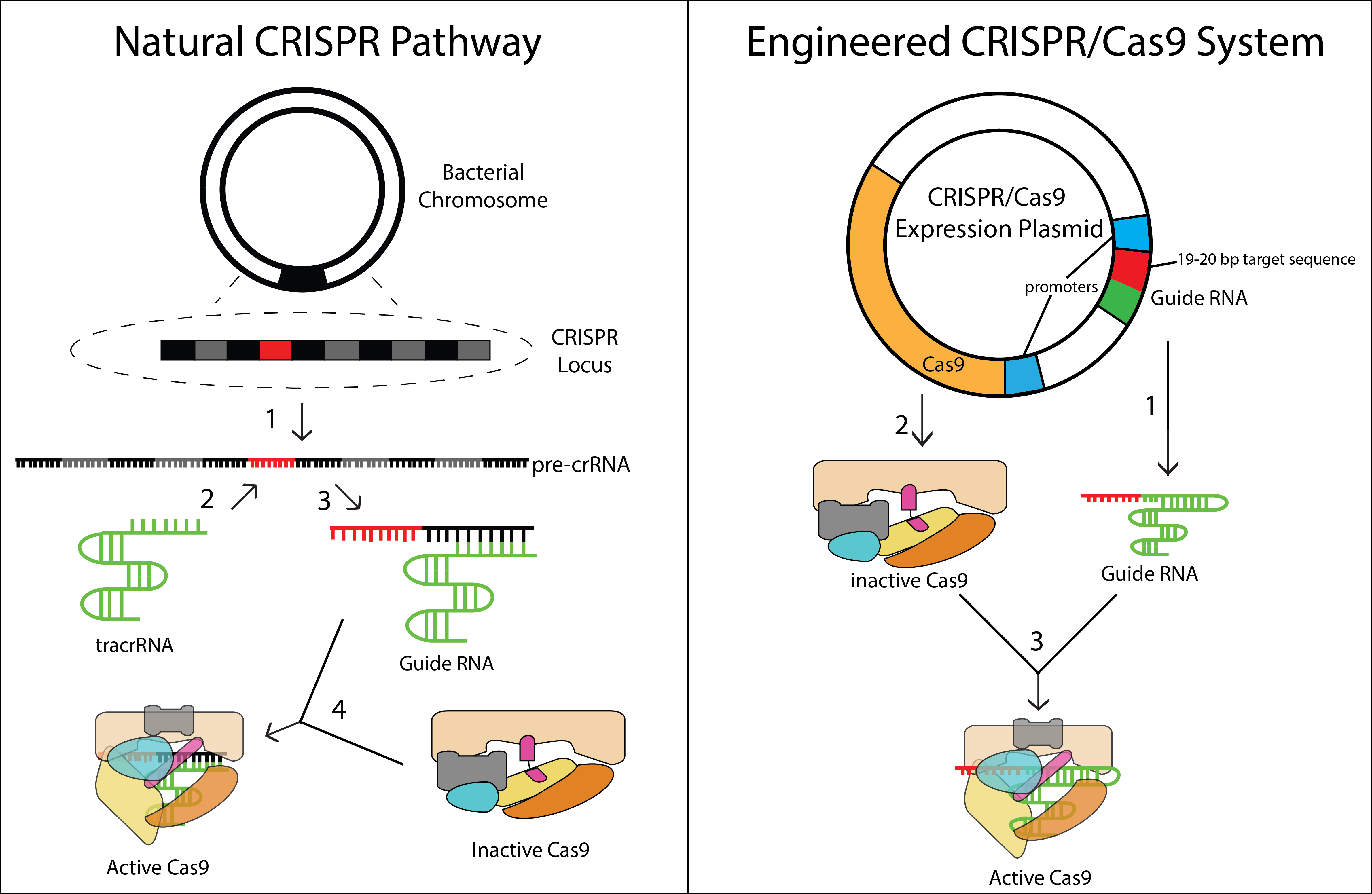
Genomic sequencing has emerged as a cornerstone technology in biological research, revolutionizing our understanding of genetics, disease mechanisms, and evolutionary biology. Recent advancements in this field have accelerated scientific progress and opened new avenues for personalized medicine and environmental conservation. This article delves into the innovative breakthroughs in genomic sequencing that are reshaping biological research, highlighting key applications, technological advancements, and future prospects.
The Evolution of Genomic Sequencing Technology
- Next-Generation Sequencing (NGS):
- Next-generation sequencing platforms have significantly enhanced sequencing speed, throughput, and cost-effectiveness compared to traditional Sanger sequencing.
- Techniques such as Illumina sequencing, Ion Torrent sequencing, and Pacific Biosciences sequencing have democratized genomic research across diverse scientific disciplines.
- Third-Generation Sequencing Technologies:
- Third-generation sequencing technologies, including Oxford Nanopore and PacBio SMRT sequencing, offer single-molecule sequencing capabilities, enabling long-read sequencing and real-time analysis of DNA and RNA molecules.
- These technologies overcome limitations of short-read sequencing and facilitate comprehensive genome assembly and structural variant detection.
Applications of Genomic Sequencing in Biological Research
- Human Genomics and Precision Medicine:
- Genomic sequencing plays a pivotal role in identifying genetic variants associated with inherited diseases, cancer susceptibility, and pharmacogenomics.
- Personalized medicine initiatives leverage genomic data to tailor treatment strategies based on individual genetic profiles, improving patient outcomes and therapeutic efficacy.
- Microbial Genomics and Infectious Disease:
- In microbial genomics, sequencing technologies aid in microbial identification, epidemiological surveillance, and antibiotic resistance monitoring.
- Rapid sequencing of pathogen genomes enhances outbreak investigation and informs public health interventions during infectious disease outbreaks.
- Environmental and Agricultural Genomics:
- Genomic sequencing contributes to biodiversity conservation efforts by elucidating species diversity, evolutionary relationships, and adaptation mechanisms.
- In agriculture, sequencing technologies facilitate crop improvement through genome-assisted breeding, disease resistance breeding, and trait selection.
Technological Advancements Driving Innovation
- Single-Cell Genomics:
- Single-cell sequencing technologies enable the study of individual cells within complex tissues, unraveling cellular heterogeneity and developmental processes.
- Applications in cancer research, neuroscience, and immunology elucidate cell-specific gene expression profiles and cellular interactions in health and disease.
- Metagenomics and Environmental DNA (eDNA):
- Metagenomic sequencing explores microbial communities in diverse environments, including oceans, soil, and human microbiomes.
- Environmental DNA (eDNA) sequencing monitors biodiversity, ecosystem health, and invasive species detection, informing conservation strategies and environmental management.
- Advancements in Bioinformatics and Data Analysis:
- Bioinformatics tools and algorithms handle vast amounts of genomic data, facilitating genome assembly, variant calling, and comparative genomics analyses.
- Integration of machine learning and artificial intelligence enhances genomic data interpretation, predicting phenotypic outcomes and identifying novel genetic associations.
Future Directions and Challenges
- Precision Genomics and Healthcare Integration:
- Integration of genomic data with electronic health records (EHRs) enables large-scale population studies and enhances clinical decision-making through genomic medicine initiatives.
- Ethical considerations, data privacy, and equitable access to genomic technologies remain critical challenges in translating genomic research into clinical practice.
- Technological Innovations and Cost Reduction:
- Continued advancements in sequencing technologies aim to reduce costs, improve scalability, and enhance sequencing accuracy for broader adoption in research and clinical settings.
- Portable sequencing devices and point-of-care diagnostics hold promise for decentralized genomic testing and real-time disease surveillance in resource-limited settings.
Conclusion
Innovative breakthroughs in genomic sequencing are driving transformative changes in biological research, healthcare, and environmental science. From decoding the human genome to exploring microbial diversity and advancing personalized medicine, genomic technologies empower researchers to unravel complex biological processes and address global challenges.
As genomic sequencing continues to evolve, interdisciplinary collaborations and technological innovations will shape the future landscape of biological research. Embracing these advancements, researchers and practitioners can harness the power of genomic data to advance scientific knowledge, improve health outcomes, and conserve biodiversity in a rapidly changing world.













